K9BOTS
PROJECT REPORT: DOG’S EXERCISE
TABLE OF CONTENTS
Introduction to K9 BOTS: 1-2
Research: 3-12
Solution: 13-18
Sharing: 19-20
Ending page: 21-22
Introduction to K9 BOTS
Hello!
We are the K9 BOTS. We are a group of 10 year 5-6 students from Gordon East Public School. We try our best to learn as much as we can, as a team. Because we know that TEAM means a lot more than doing something with other people. We understand that together everyone achieves more.
We want to solve the problem that ‘Man’s best friend isn’t getting enough exercise.’ We want to raise awareness that dogs aren’t getting enough exercise and need to be walked and exercised more and in a safer environment because most dog parks aren’t fenced properly.
Our group is here to fix that…
1
Get ready to start…
In this booklet we will show you how we have solved our problem that man’s best friend isn’t getting enough exercise. We will show you our research, solutions and how we shared our project
Now sit back relax and read…
2
Research
As you know the K9 BOTS project is that man’s best friend isn’t getting enough exercise. We got our information these 4 things.
Research 1
Firstly we interviewed a professional called Dr Brad Garlick from Asquith & Berowra Veterinary Hospitals
Exercising:
Working dogs should be exercised 1½hrs – 2hrs per day however made to work 7-8hrs a day. Gun dogs 1 – 1½hrs per day
Other dogs should be exercised for 30mins upwards
Exercise these dogs by walking, ball chasing, free running and dog parks
70 – 80% of dogs don’t get enough exercise and when boredom hits the dog will start to bark have destructive behaviour or dig holes.
Some of the health risks of dogs not getting enough exercise are obesity, heart disease or diabetes and will likely have destructive behaviour
20% of people choose the wrong dog for their lifestyle because of friend’s experiences or the looks of the dog
Dogs need to be socialised because they used to live in packs.
Kids should exercise their dog, be involved with dog training sessions and to know how to control their dog.
Young children should be supervised around dogs.
Aggressive dogs must stay in own yard or away from
Smaller dogs.
Dog parks are a Great asset and should have dog owner facilities e.g. Poop bags, water and bins. People who go there should have control of their dog at dog parks.
Research 2
Secondly we each went around to our local dog parks and studied them and came up with this table of our surveys:
| Fencing | Facilities | Size | Hours/ other uses | Other Issues | Conclusion/Score | |
| Killara
Bert Oldfield Oval Springdale Rd |
Yes good fence around oval but it is a little bit low | Bins, seats, poo bag dispenser & signage at each entrance and one water bowl and tap. | Large but not to big so dogs can socialise
Sunny open oval |
Dogs have to be on leash between 11am – 3pm no matter what and also at sport events | Poo bag dispensers sometimes run out of poo bags
Shady area where it can get muddy |
Lots of different breeds come here and my family friend thinks it’s fine. This park deserves a 10/10 |
| Lindfield
Edenborough Sportsground Bent St |
Mostly fenced except for access to a walk way exiting the oval and dogs can also roam into the bush | Very nicely maintained with good facilities | Good size oval | Shared off leash dog park….dogs need to be on lead during times that it is being used for other purposes | Properties bordering onto the park leave their gates open and dogs can go into their yards | 7/10 given dual usage and some lack of fencing |
| Lindfield
Hyndes Park Lady Game Drive |
Completely unfenced along busy Lady Game Drive | Well maintained, nice trees, grass mowed. | Long and narrow | Dogs can use all the time | No dogs use this as it is so dangerous being unfenced next to a busy road | 0/10 as it was so unsafe |
| Lindfield Memorial Park Oval (no 2)
Tryon Road |
Not fully fenced so dogs can run onto quiet internal park road.
Fences have quite large gaps under them so small dogs can easily escape. |
Well maintained oval.
Patches of hard ground would be muddy in the rain. |
Good size oval | Shared off leash dog park….dogs need to be on lead during times that it is being used for other purposes | The park is next to an environmentally sensitive area but this is not fenced off so dogs can easily access. | 6/10 given dual usage and lack of fencing on one side. |
| Lindfield
Queen Elizabeth Reserve Cnr Bradfield Close and Charles Street |
Fully fenced | Well maintained oval.
Patches of hard ground would be muddy in the rain. |
Good size oval | Shared off leash dog park….dogs need to be on lead during times that it is being used for other purposes | 7/10
Very good but dual usage means can not always be used |
|
| Pymble
Friars Field Ganmain Road |
Not fully fenced along Ganmain Road and no gate at the back exit | Well maintained | Small oval with surrounding area | Limited hours and dual usuage.
In winter open from 3.30pm until 8am and in summer open from 5pm until 8 am |
Limited hours means use restricted to early morning and late afternoon and evening | 4/10 due to small size, incomplete fencing and limited hours |
| Roseville
Roseville Park Clanville Road |
Fully fenced | Nicely maintained park.
Trees provide shade and lots of seats to sit on. |
Good size rectangular block | Dogs can use at all times | At time of visit the only dogs present were 12 Golden retrievers.
Grass in poor condition so quite dusty and would be muddy in the rain. |
9/10 very nice park |
| South Turramura
Kissing Point Village Green Cnr Vernon Street and Kissing Pt Rd |
||||||
| St Ives Chase
Yarraluma Dog Park Yarraluma Ave |
The park was not fenced at all and there was a road running through some of it, presenting a danger for any dogs that might run onto the road | There were no poo bags nor any water facilities.Although there was a bin that was there for the use of people who went to the park. | The park was quite big but it crossed over a road, the park was pretty much a strip of unused land under high tension wires. | Dogs could be there all the time. | There was nearby bushland meaning that some dogs might have a tendency to chase rabbits that come from the bushland and therefore get lost. A dog escaping into the bushland may become feral and pose a threat to native wildlife | This park is unfit for most dogs and has a lot that can be fixed about it.
I give it a 0/10. |
| St Ives Chase
Warimoo Avenue Oval Warimoo Ave |
Warrimoo was mostly fenced and there was no closable gate, there was no gate at all. The fence was not overly high so dogs could jump over it. | There were no poo bags but luckily there was a water bowl for dogs. There were bins so people could dispose of their dogs waste. | It was the size of a football field which is a good size for a dog park. The size meant dogs could have a good run around. | Yes, if there was a sporting event on the dogs could come in but had to be on leash. The park did not have specific hours. | None | This dog park was overall a good park. But was not fully fenced and sporting hours affected the dogs having somewhere to play. 6/10 |
| St Ives
Acron Oval |
Acron oval is not well fenced as there are major holes in the fence | There was a water bowl and only one poo bag dispenser and it is at the main entrance. | It is the size of an AFL field. | Open 24 hrs. | Cricket matches and they also train there and also to close to the cascade track which contains poisonous food | It was really nice and also really well sized but the fact that cricket gets played there and the cascade track is a big problem overall i think this deserves a 6/10 |
| St Ives
Barra Brui Sportsground Baraneer Ave |
Barra Brui is well fenced except there are some small holes which smaller dogs can fit through. | Barra Brui has a not well maintained water bowl and it contains very unsanitary water. It has a couple poo bag dispensers but not at every entrance. | Barra Brui is just a little bigger than a full sized soccer field and that gives dogs enough space to run around. | Dual usage | There is lots of dog poo on the ground and people don’t pick it up. Soccer gets played on this oval | This oval is ‘OK’ except for a couple things like the soccer and the dog poo so i would give this park/oval a 7/10 |
| St Ives Showground
450 Mona Vale Rd |
St Ives Showground is fully fenced and has many entry points that are all gated so can be closed and opened at will. | There is a poo bag dispenser at two entries to the park. There are also two water bowls, but these need to be filled at a tap just outside of the park. | The park is very big and makes a very good place for dogs to have a good run and play. | Unfortunately sporting hours do affect the dogs play, if there is sport on, the dog must be on leash within those hours. | None | There are many gates so they often get left open. The gates being left open are of no fault to the park but the carelessness of people who visit the park. 8/10 |
| Karuah Park | ||||||
| Kent Road Reserve | Leashed area: Partially fenced oval(ie there are no gaps, dogs could get around the edge though) guarded by houses on the other side.
Unleashed area:Fenced on one side by houses and partial fence to oval and creek while being open to the carpark
|
Leashed area: Bins, toilets, seats, signage
Unleashed area: No poo bag dispenser, no bubbler however there was seats, water bowl and tap & signage |
Leashed area: Open cricket and soccer field
Unleashed area: Hill is big, quite open with some trees and a creek |
No set hours to both areas. However leashed area has cricket and soccer on it | Leashed area: Dog on leash in leashed area even when no sport is on.
Unleashed area: More a natural scene so a fence wouldn’t be appropriate on a slope. Bins far away. |
Leashed area: It is very annoying how you have to have your dog on a leash even if a game isn’t on
Unleashed area: this is a great park for your dog to run around in but you have to watch your dog encase it runs into the carpark. This park deserves 6/10 |
| Claude Cameron Reserve | ||||||
| Golden Jubilee | Not fully fenced. There are 2 gaps near the bike track, entries are not gated. | Poop bag dispenser, water bowl, bins, footpath for walkers & bikes, benches, night lighting. | Golden Jubilee Field is large. | Hours: 1pm-midnight every day except when there are sporting events.
Other uses: Baseball |
Dog poop despite the dispenser.
Lots of litter. Not fully fenced. Bins are overflowing. |
|
| Leuna Avenue Reserve | No, but has natural fence with trees and shrubs, resident’s fences & and tennis court fences. Entry not gated but barricade of trees and shrubs. | Bins, picnic table, benches, playground & shelter. | Leuna Avenue Reserve is small. | No set hours.
No other set uses e.g. sporting |
Not very good fence around playground- low. Gate not self-closing. No water facilities. No poop bag dispenser. Not fully fenced. | |
| Twin Creeks Reserve | No, but has natural fence with trees and shrubs, fencing from 1 resident only. 1 resident didn’t have any fencing. No gated entries. | Bins. Water bowl. Poop bags without dispenser (hung on playground fence). Benches. | Small. | No set hours.
No other set uses e.g. sporting |
Dogs can escape through the natural ‘fence’ into properties and bushland
Some litter Not fully fenced |
| Bicentennial Dog Park | It was fully fenced and the fences were pretty high because there was a road right next to it. | There was a poo bag dispenser at the entrance and a water bowl but the bowl was quite small and had to be refilled often. | The park was tiny and did not have enough space for a dog to have a proper run. | The park was open all the time.
|
The park was right next to a busy road, so was very loud and smelly. One side of the park was hill which was inconvenient. If you were going to the park for the first time it was quite hard to find. | This dog park would not be my first choice of park as it was small and next to a busy road. 3/10 |
Research 3
We also got some info from websites including: www.cesarsway.com/get-involved/choosing-a-compatible-dog/Common-mistakes-of-first-time-dog-owner realsimple.com/work-life/family/pets/top-pet-owner-mistakes/encourage-social-physical-activities, 10 fun ways to exercise your dog, healthy pets and animal planet. These websites all gave us great information about dog’s exercise and other mistakes.
Research 4
Lastly we searched through a few books including Cesar Millan’s short guide to a happy dog: 98 tips and techniques and Cesar’s Way.
12
Team Solutions
Our team came up with 4 effective solutions to help people give their dogs more exercise and to raise awareness.
Solution 1 – Dog walk
We held a dog walk called the Dog Fun Run, that made exercise fun for owners and dogs. It was a 2km walk that went from our school to our local park – Darnley Oval and back to have a nice barbeque. We sold tickets (for the entry and barbeque) on Wednesday, Thursday and Friday. To advertise this event, we created posters and brochures.
Solution 2 – Walk Your “Friends” Dog
Our next solution was to walk your “friends” dog. This solution helped exercise dogs that weren’t being exercised enough. We lead by example and walked other dogs in our community. E.g. several of our team members walked their neighbours and friend’s dogs for about 30 minutes to 1 hour. We also promoted this with the dog walk.
Solution 3– Created a Scratch Game
Our last solution was that we created a scratch game. In this game you are in control of a dog. The dog is playing fetch but you have to save the dog from going into dangerous areas. We based this game on real life as many dog parks are unsafe or unsuitable for dogs.
Solution 4 – Fixing Dog Parks
Another solution we used was to fix dog parks. We found that many dog parks had no fences or were unusable. To fix this, we wrote a letter to council. We also raised awareness in many ways. For example, we sent a letter to the editor in North Shore Times, made posters, wristbands and came up with an effective slogan. Here it is:
If you want more barks improve your parks
Letter To Council:
Dear Kuringai Council,
We (from Gordon East PS) have discovered a serious problem about dog parks. On a mission to help dogs get more exercise we visited many dog parks in the Kuringai area. We noted many different issues and were horrified to realise how badly they were maintained. Some of these issues for dog parks include fences/gates, other uses and not enough facilities.
At many of the parks we visited we noted that the fences were either not properly fenced or broken. Most of the dog parks we researched were not completely fenced or had holes in them. Another issue is that when people leave the dog park they commonly forget to close the gate. This poses as a serious danger to dogs as they can easily escape.
Many dog parks also have sporting events at them regularly. For example one of the parks we visited (Golden Jubilee Field) had a baseball field adjacent to it. This means dogs cannot visit the park while these events are happening. This may mean that dogs cannot get enough exercise because of these events.
It is essential for dog parks to have the appropriate facilities. A good dog park needs a water bowl/s, bins and a poop dispenser, but unfortunately, many dog parks did not have these facilities. For example Leuna Dog Park did not have any of these facilities which made it difficult for dogs and dog owners to enjoy visiting the park. Every park should have these things, so we strongly advise you to change this situation for the better.
As you can see there are many serious issues with dog parks in the Kuringai area and we are very disappointed with their maintenance. We highly recommend you to view these parks and improve them to create safer and more enjoyable parks for our dogs.
Sincerely,
K9 Bots, Gordon East PS, First Lego League Team
18
SHARING
How we shared our project with others
- Our school
To share our project with our school we made a dog fun run. On this walk people could bring themselves and their dogs on a 2km walk from Gordon East P.S to Darnley oval and back. We sold tickets for $5 around our school. We helped advertise this with brochures. At the end of the walk there was a sausage sizzle and drink. By doing this people got to exercise dogs in a fun, easy and safe way.
We also shared our work with our school by using wristbands. On these wristbands were the words ‘If you want more barks, improve your parks.’
To raise awareness for the unsafe and badly fenced parks. With these wristbands people knew that these parks needed to be fixed and repaired.
- Our community:
We shared our project with our community by making wristbands, posters and brochures saying ‘if you want more parks improve your parks. We also hosted a 2km dog walk. To show this to the Kuringai council we wrote them a letter showing our concern for dog parks and how extremely unsafe they are. We also had an article posted in the North shore times showing what we were doing for our project and listing our concerns about dog parks
- The world:
To share our project with the world we created a scratch game. This game informs players about dog parks. The players have to keep the dog inside the fences and not let them run away onto the road. This way everyone who views or plays the game, wherever they are will know and the deteriorating state of dog parks all around the world.
20
Thank You For Reading!
From the:
K9 Bots!!!
Gordon East Lego League Team!

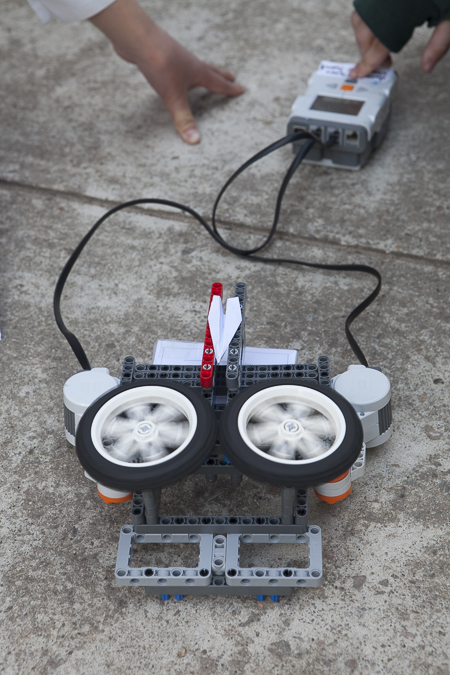
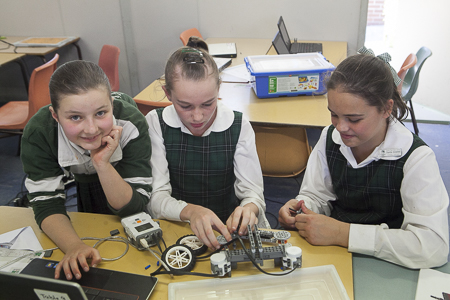
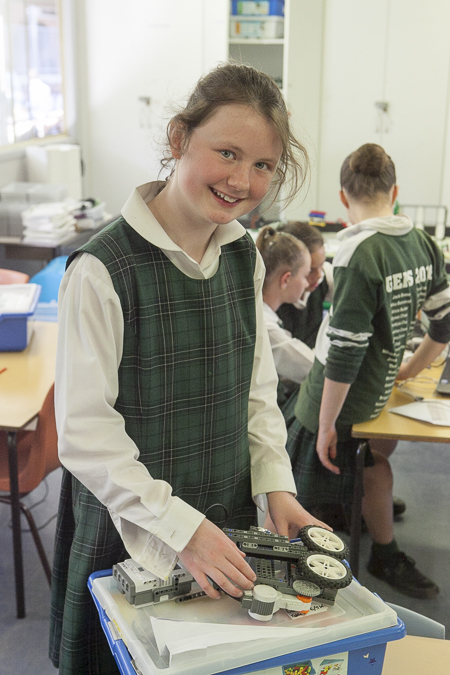
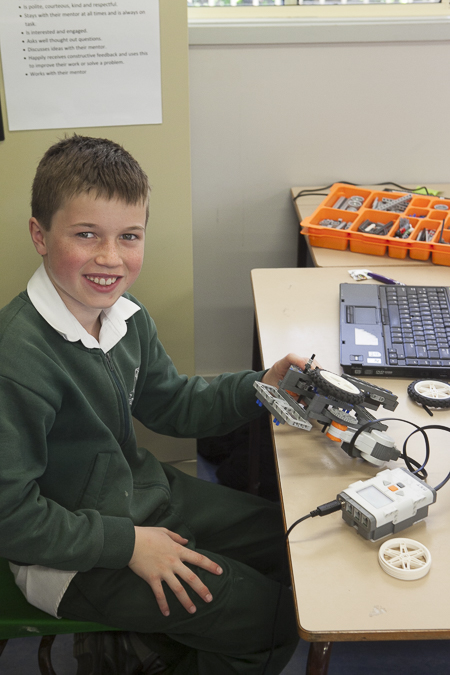
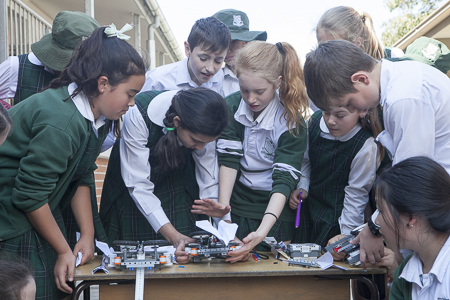

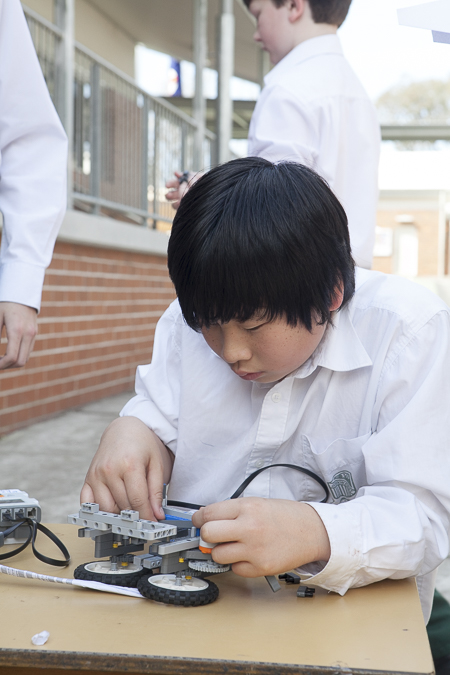

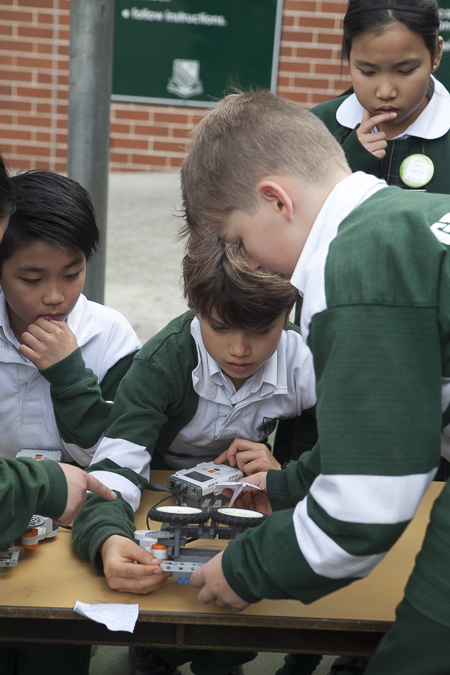
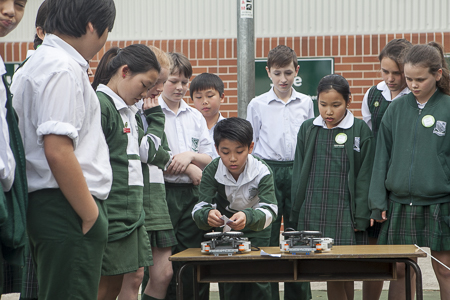
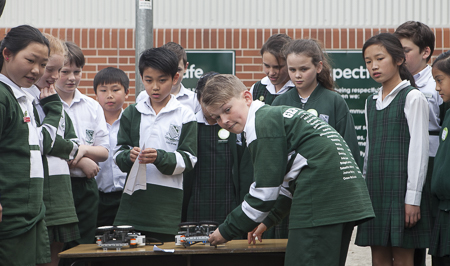
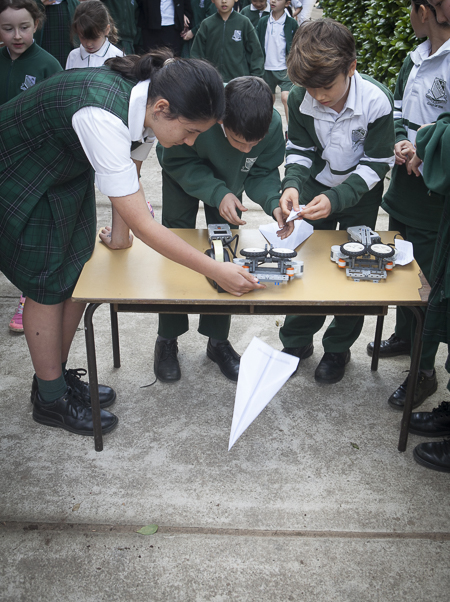
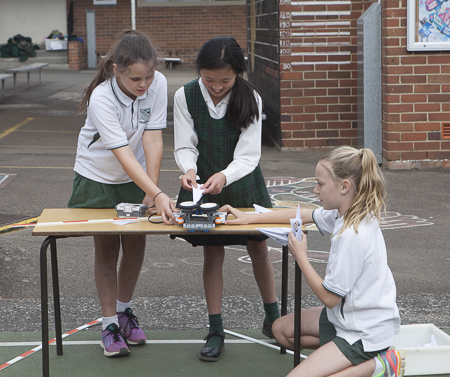
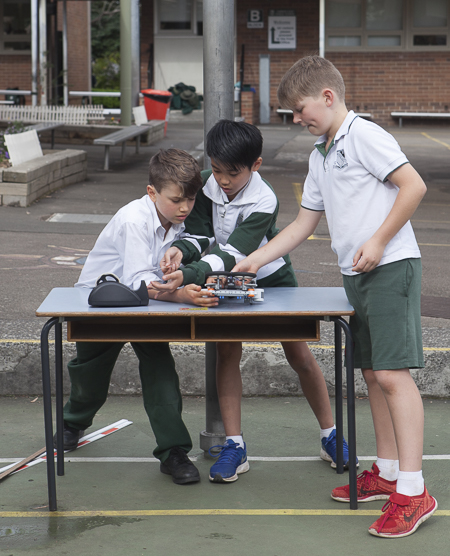
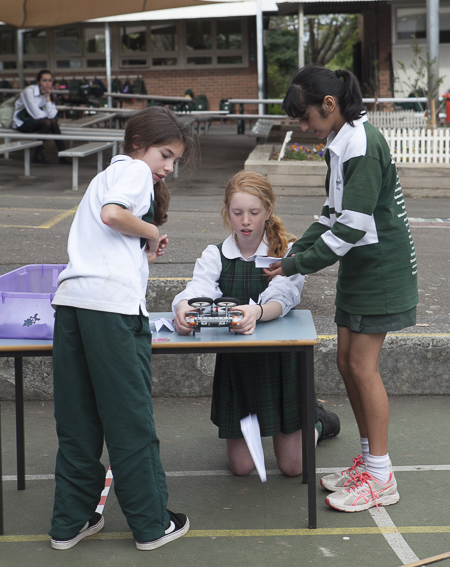
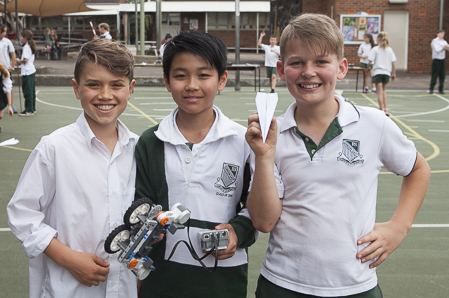
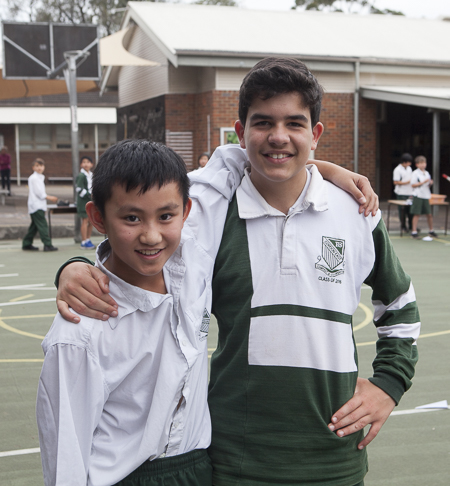

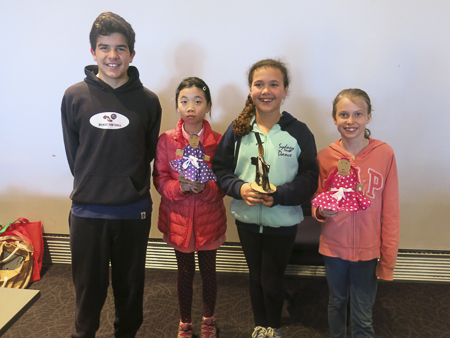
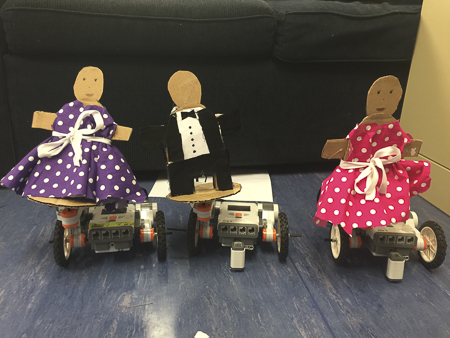
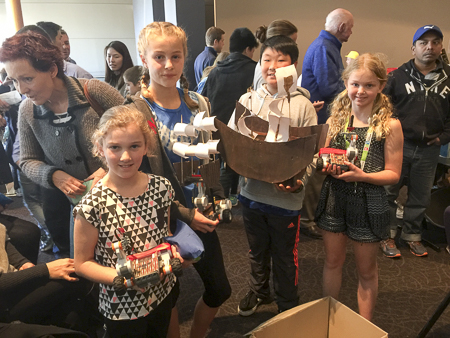
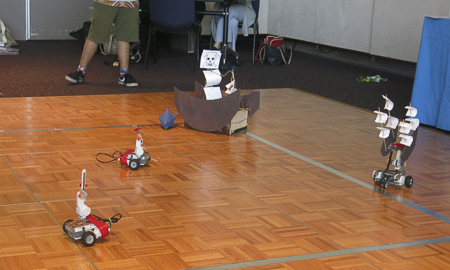
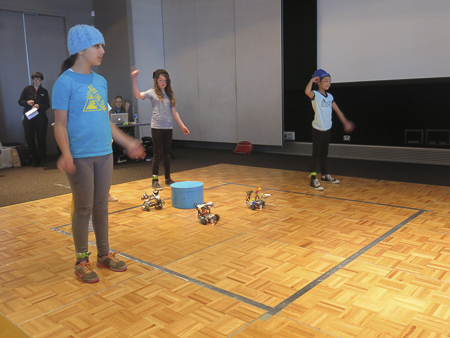
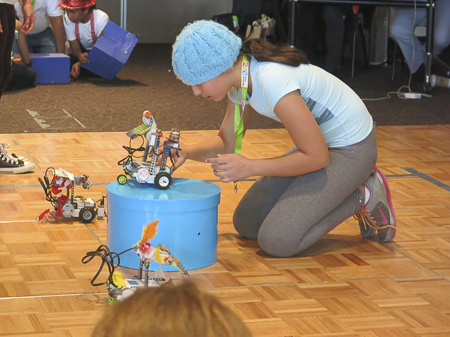
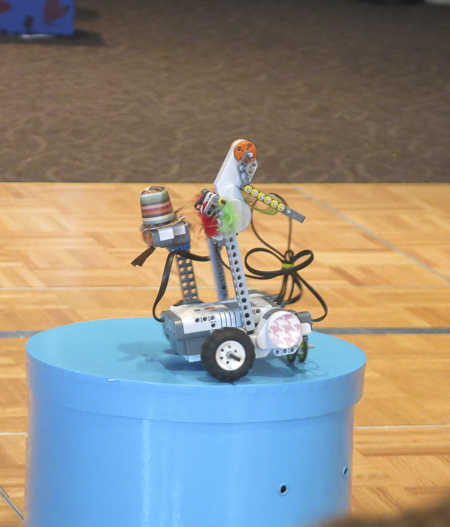

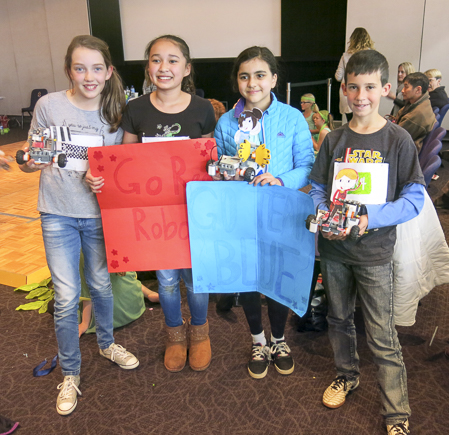
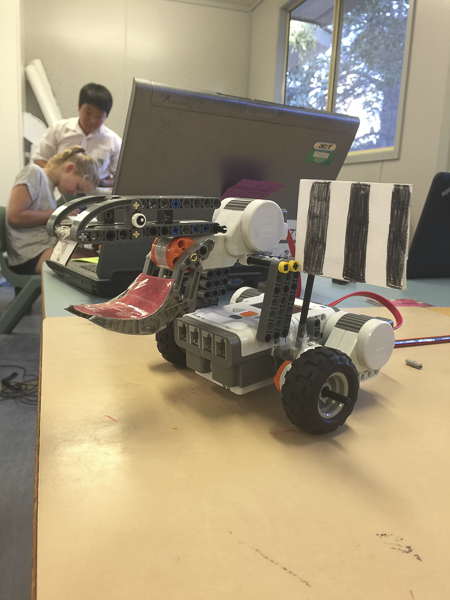

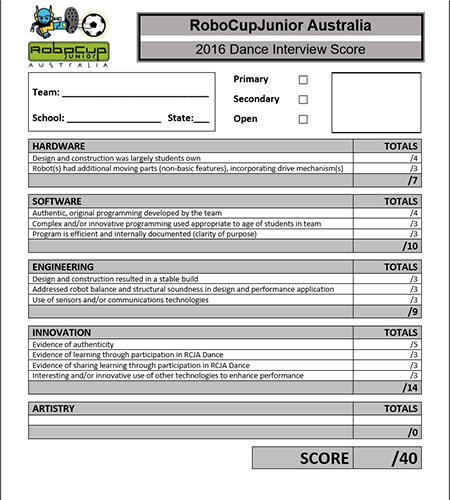
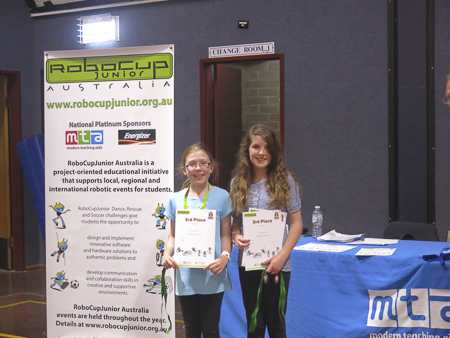
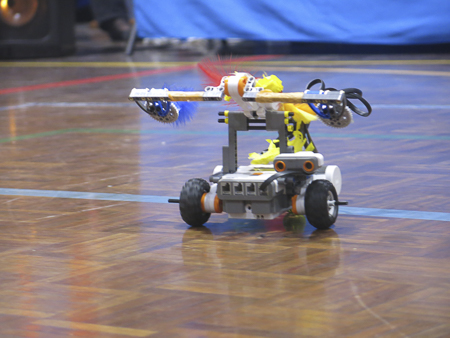
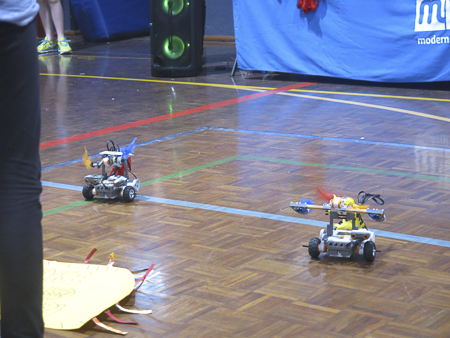

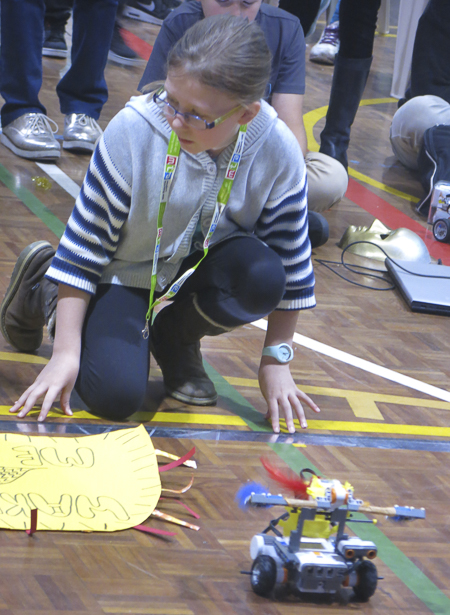
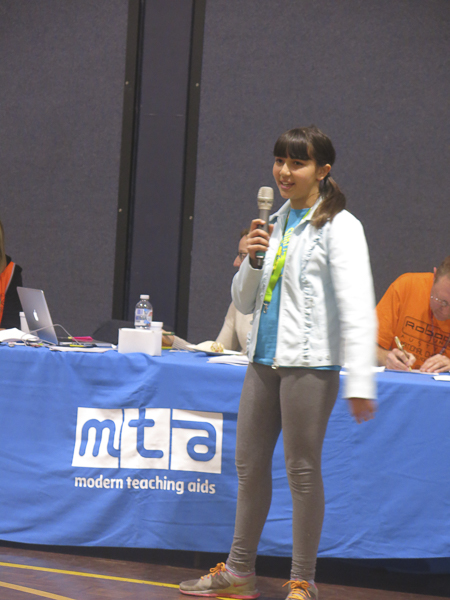
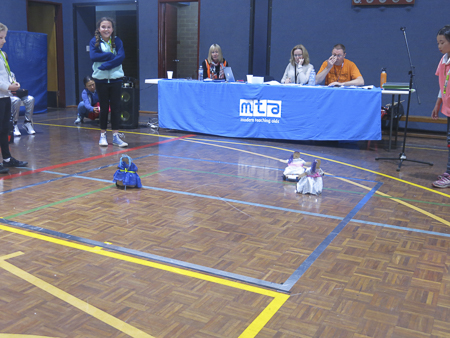
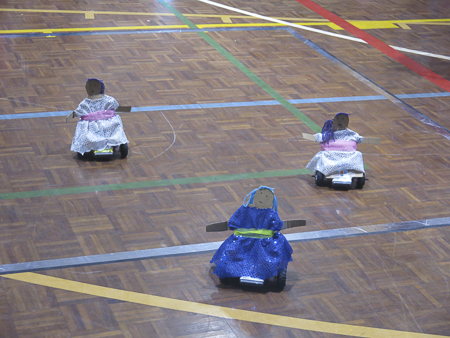
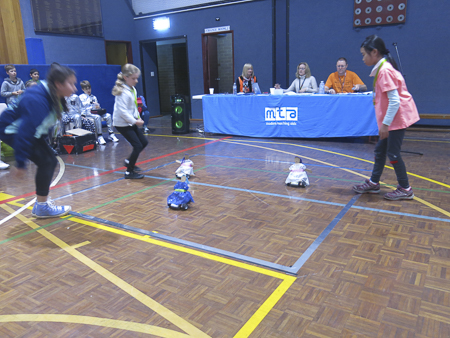

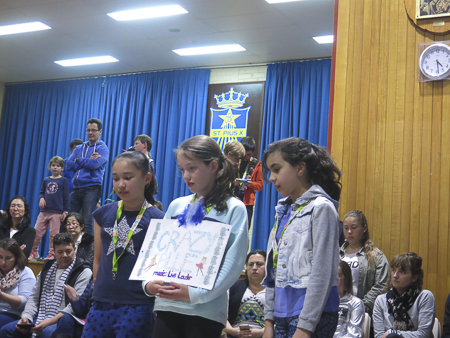
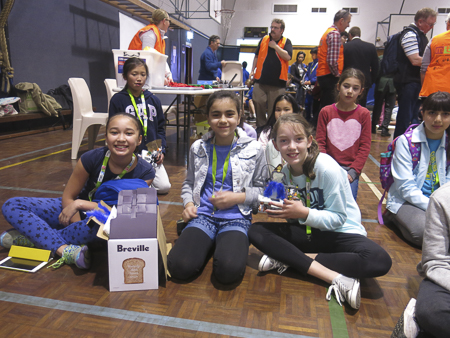
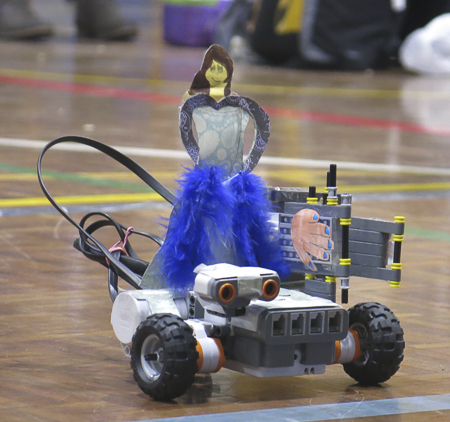
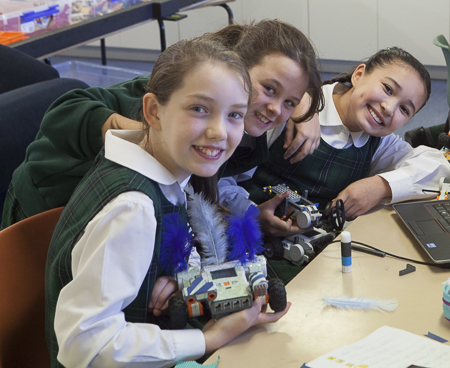
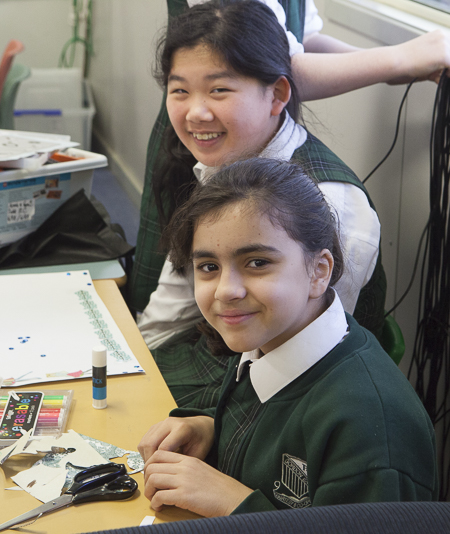
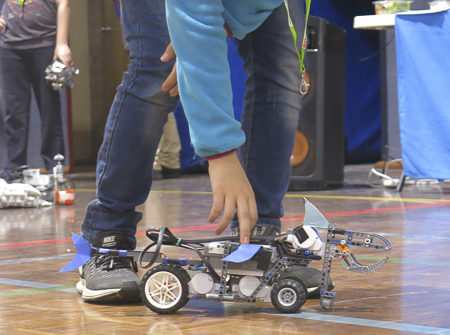
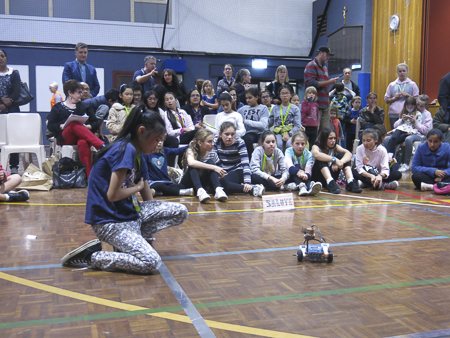
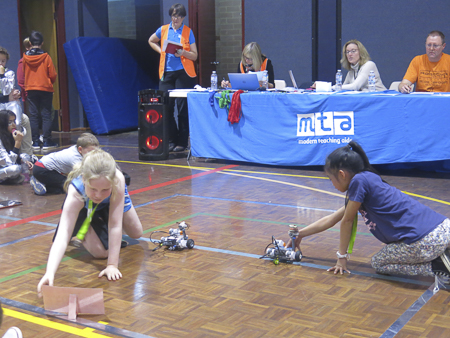

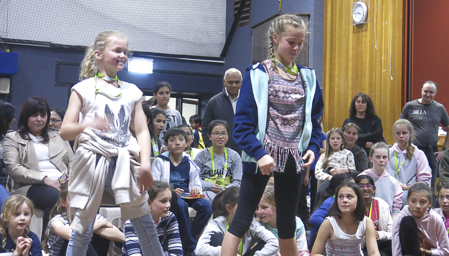
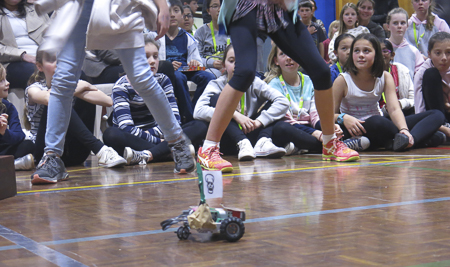
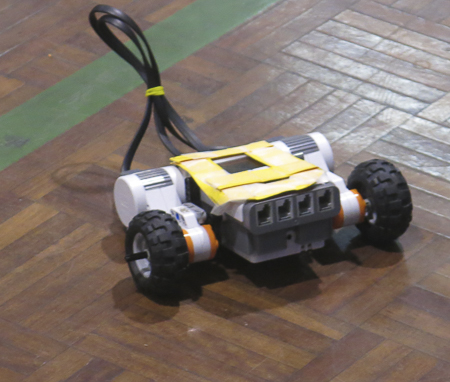
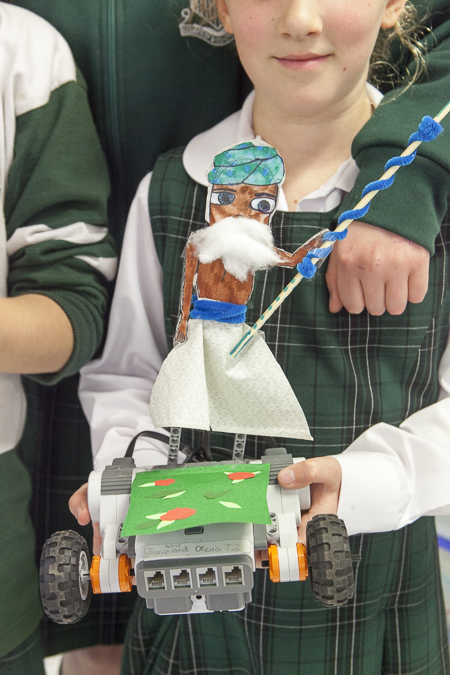
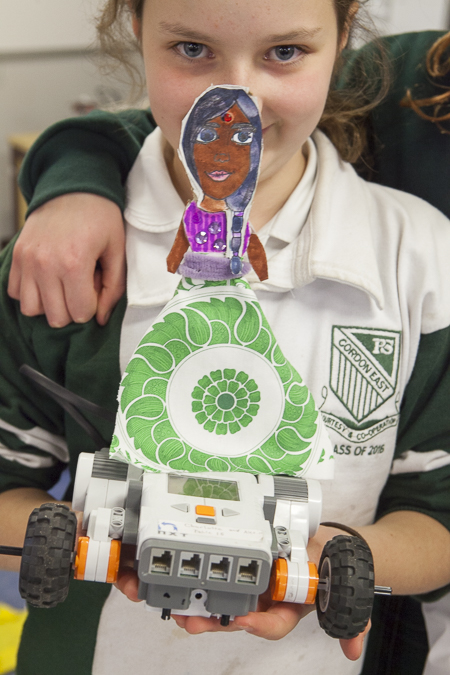
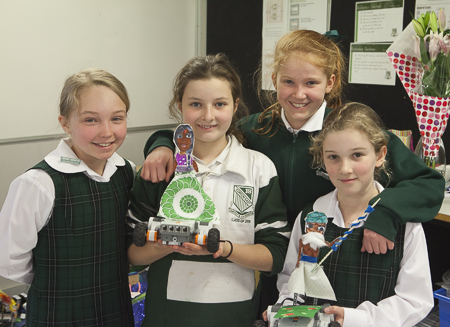
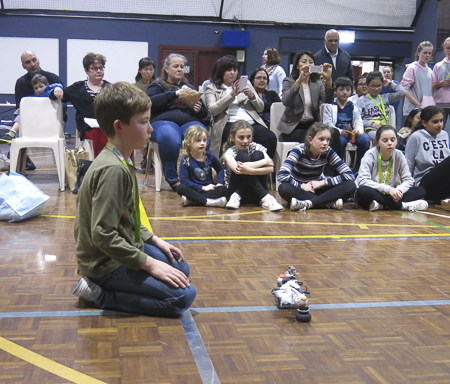
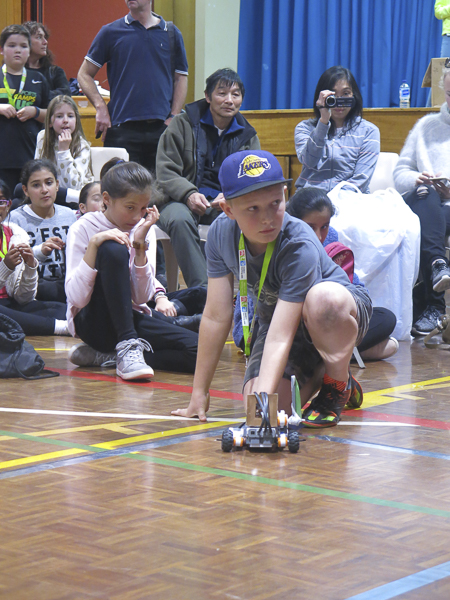
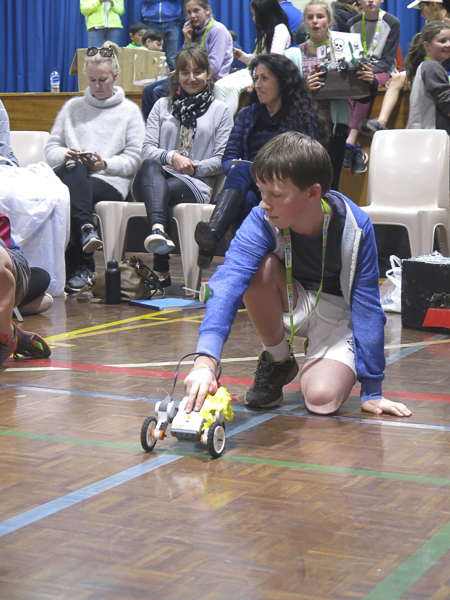
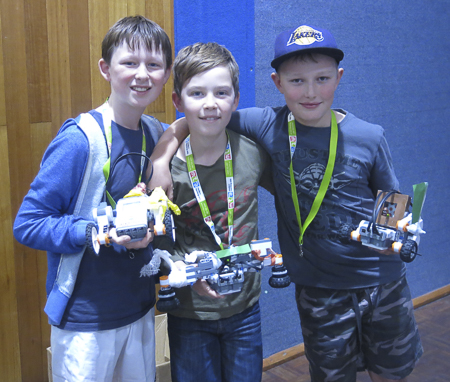

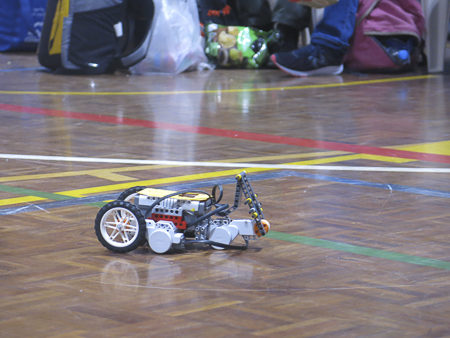

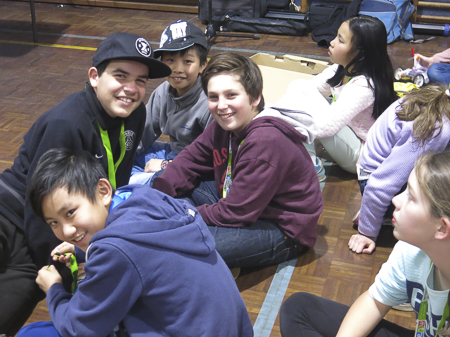
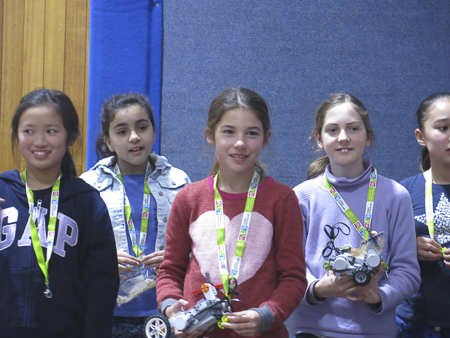
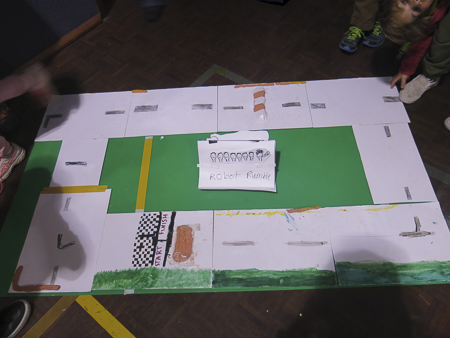
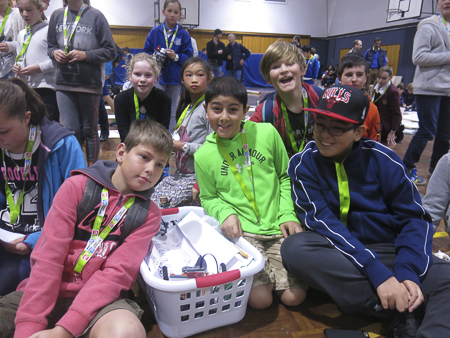
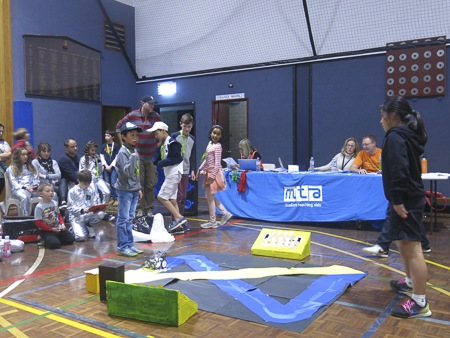
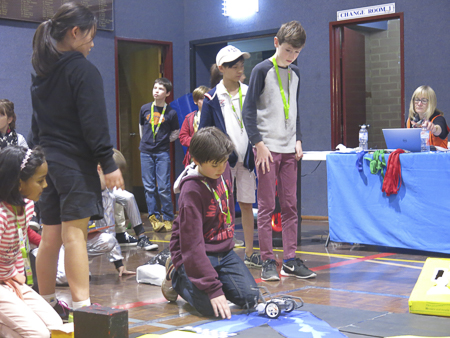
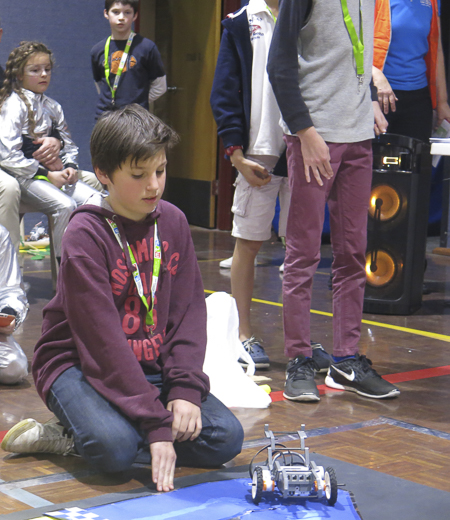
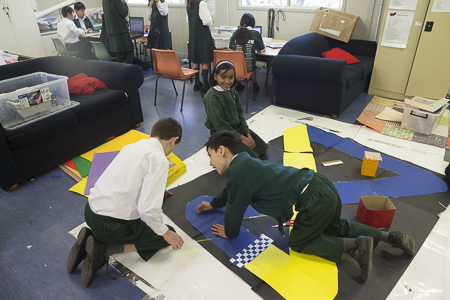
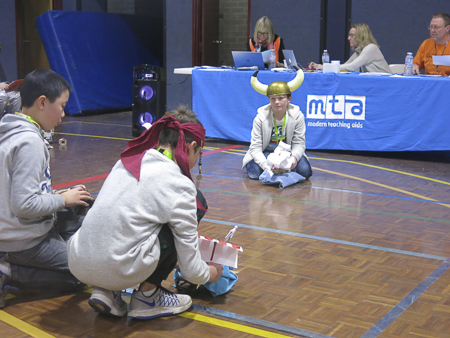
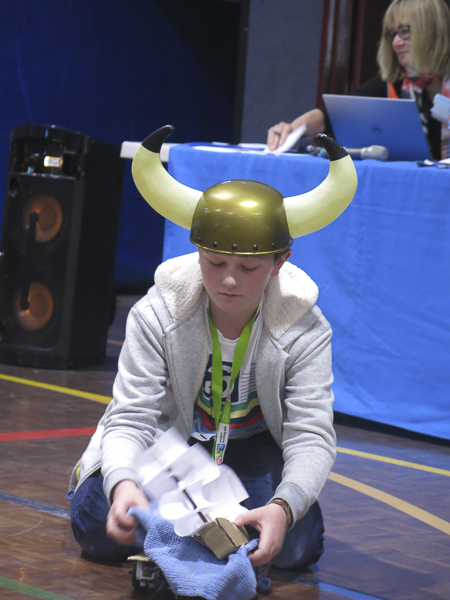
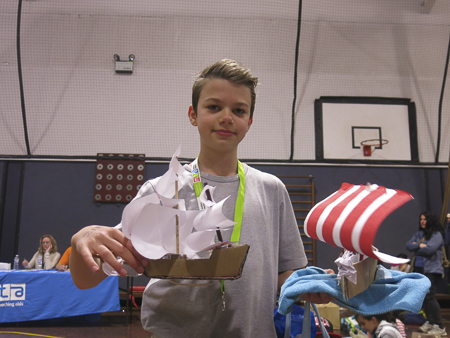
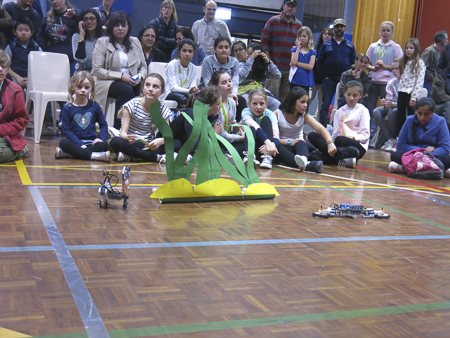
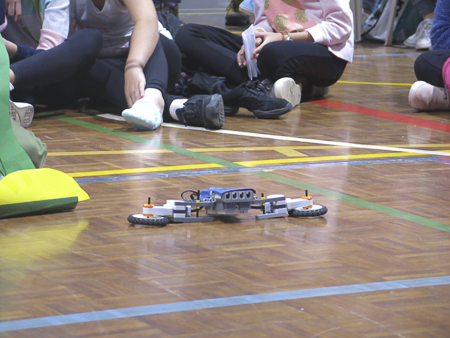
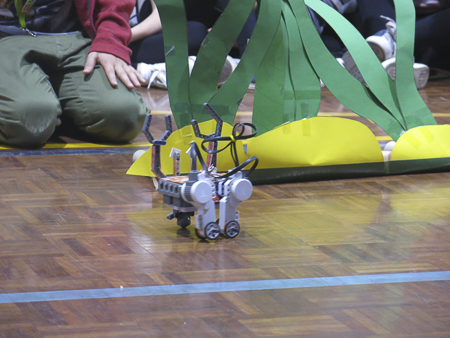
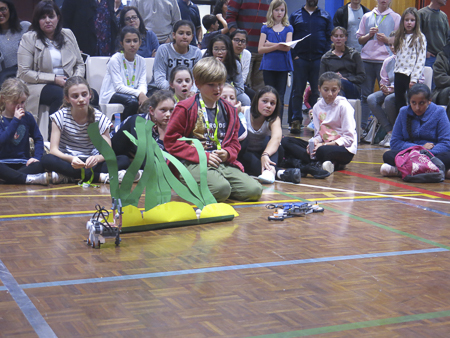
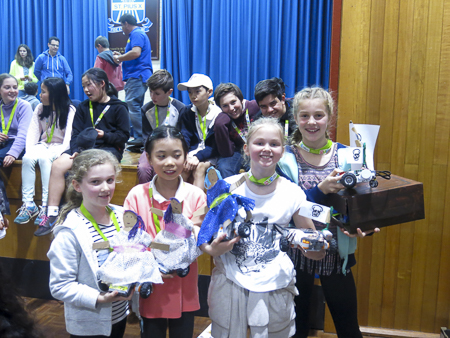
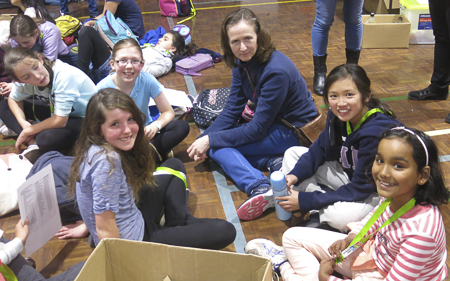

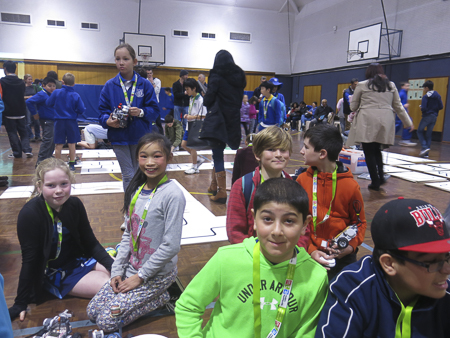
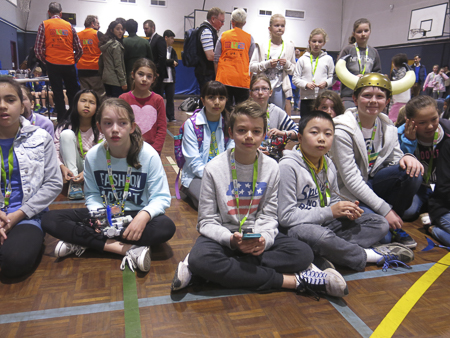
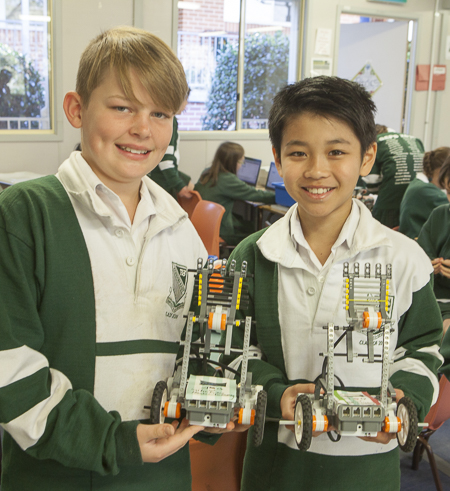

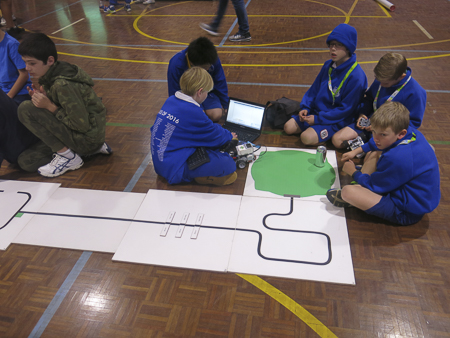

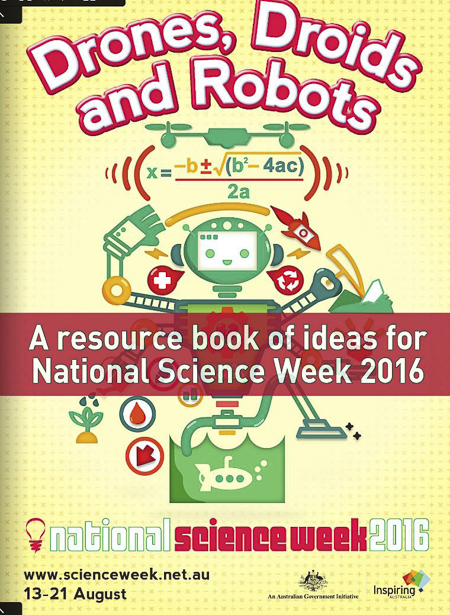
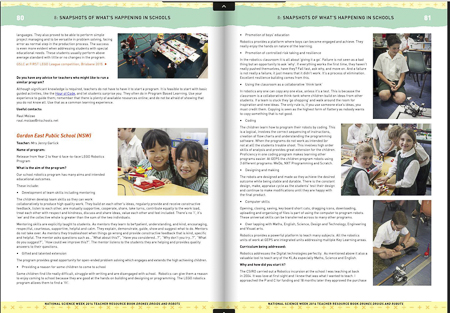
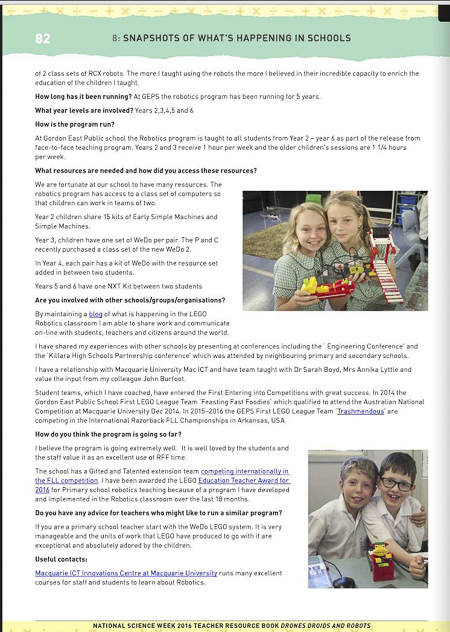
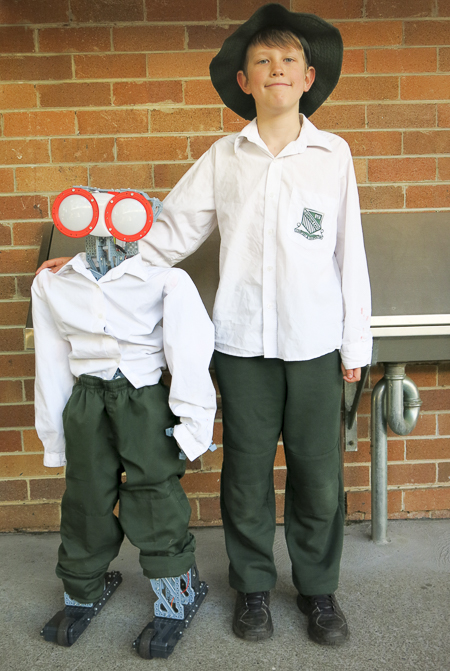
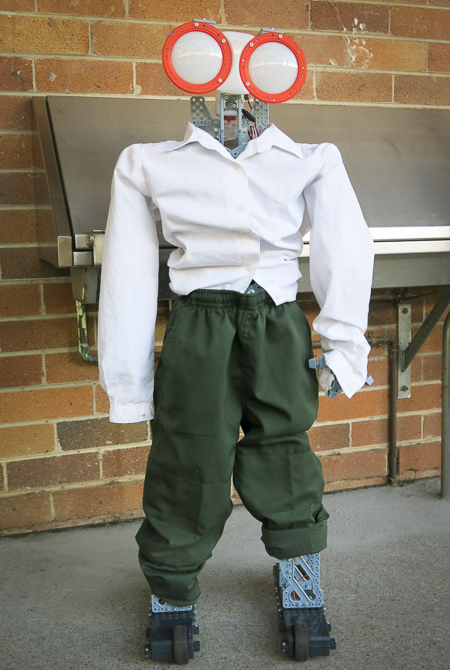
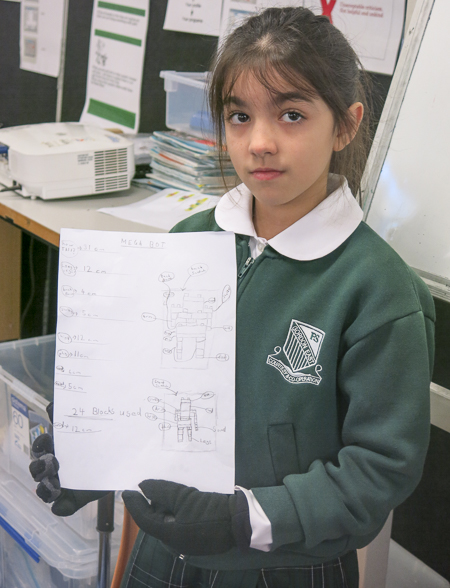
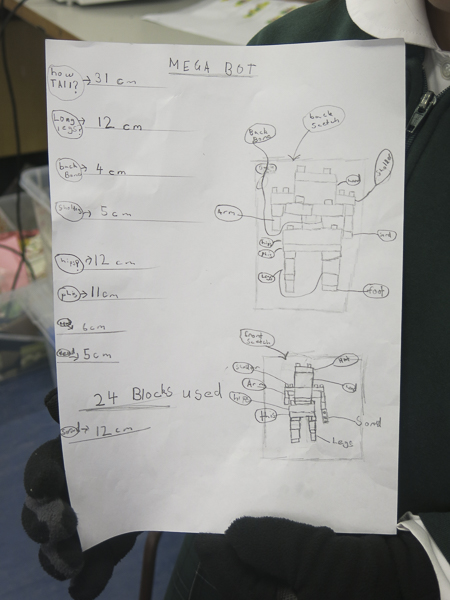
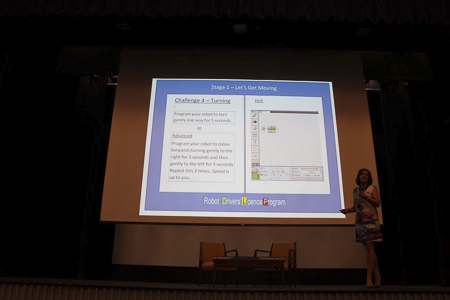
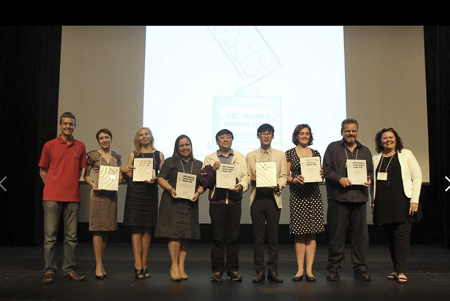
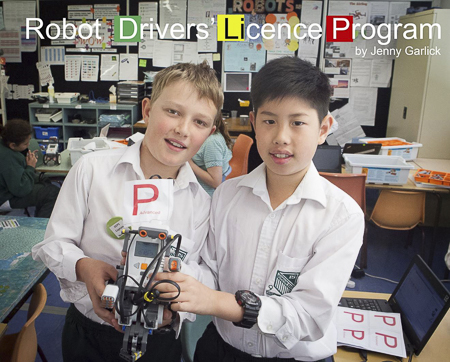
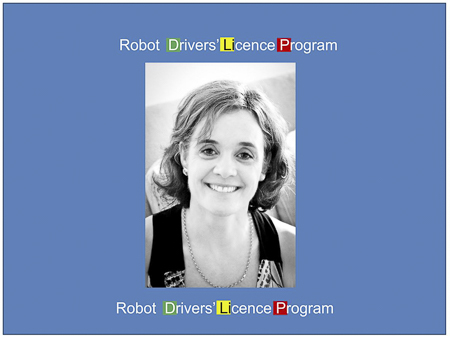
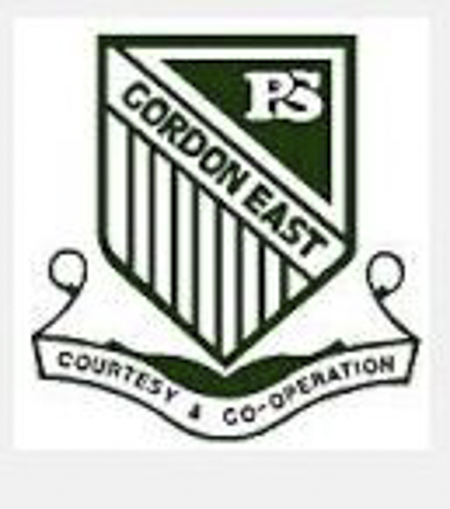
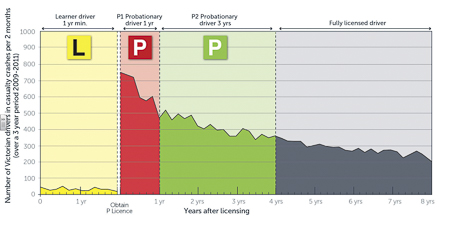
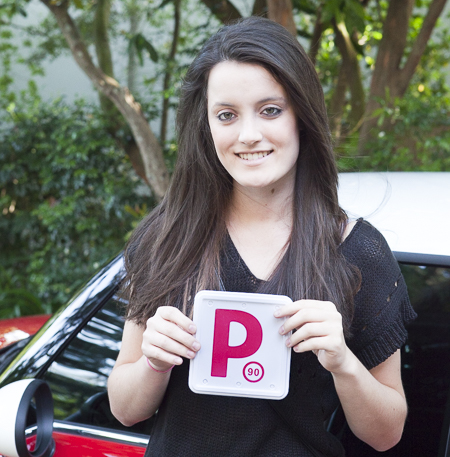
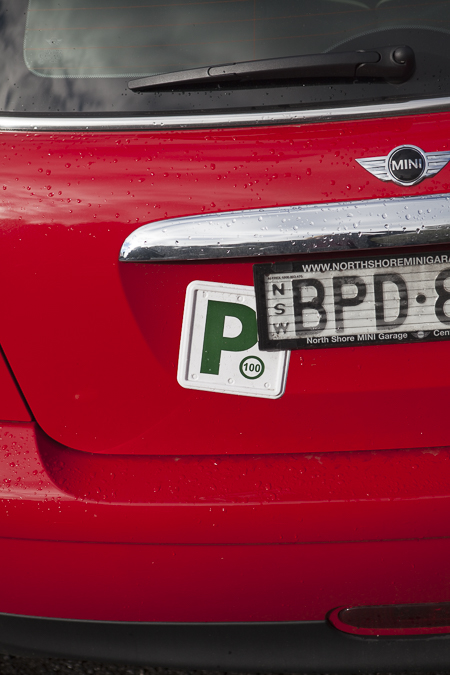
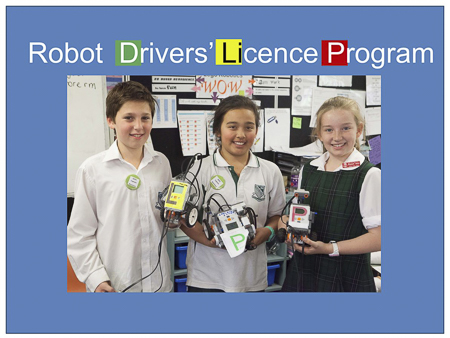
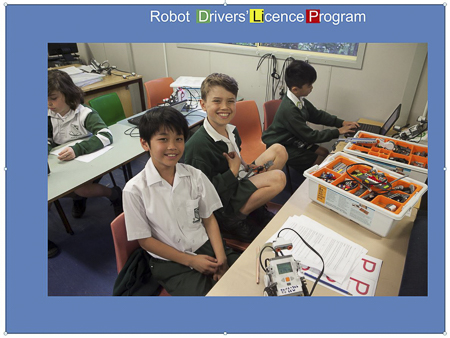
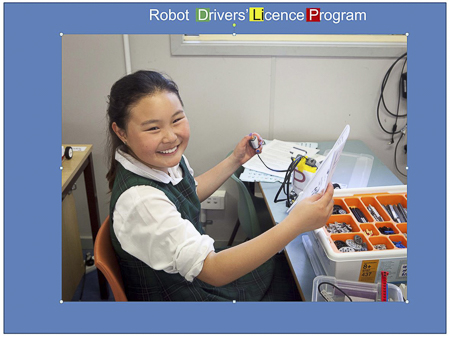
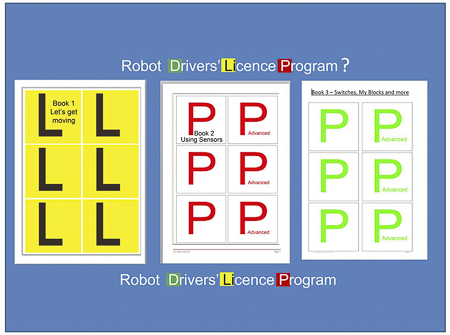
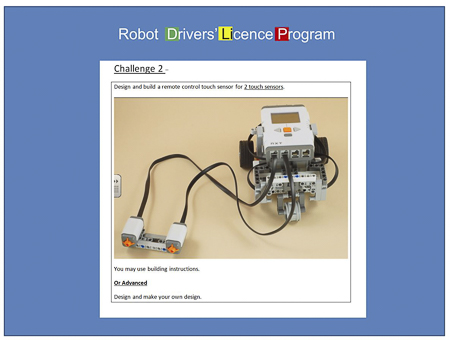
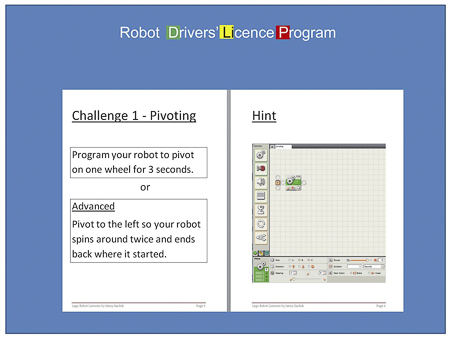
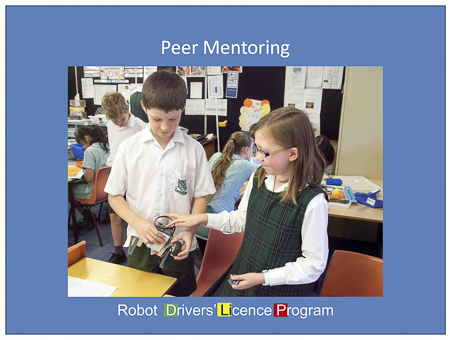
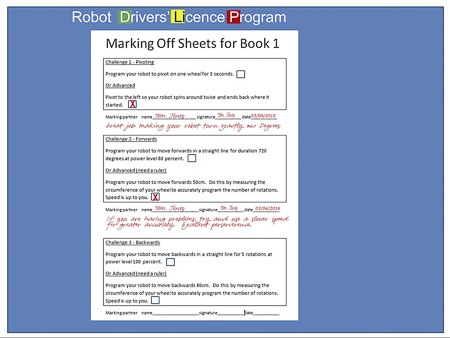
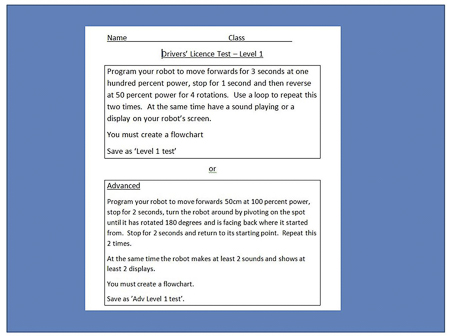
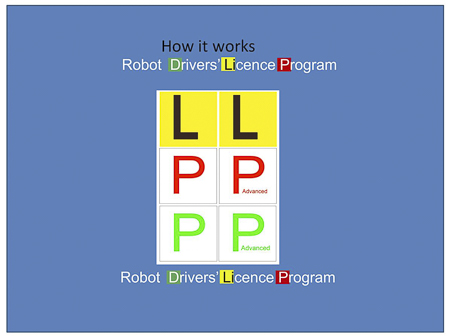
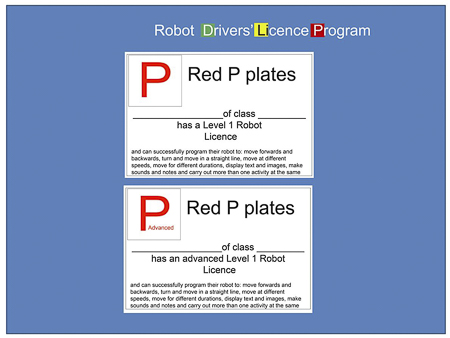
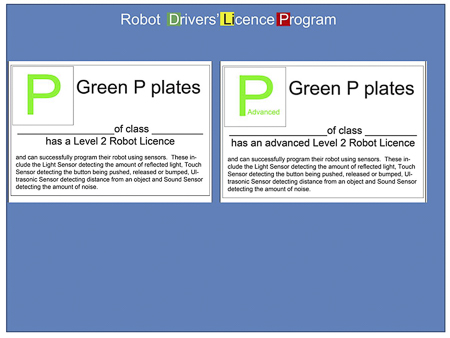
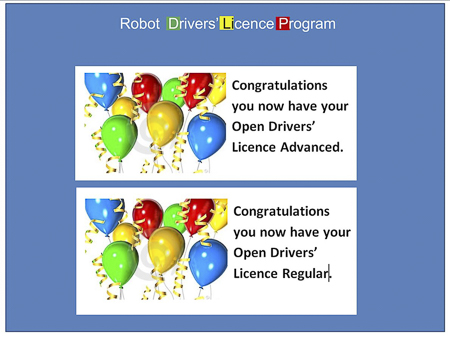

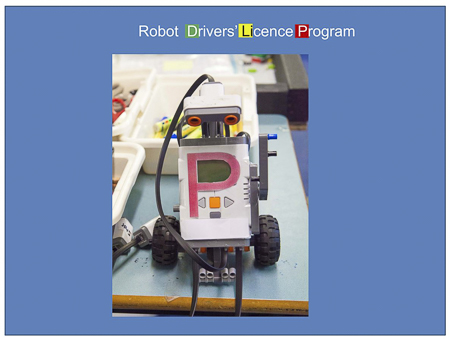
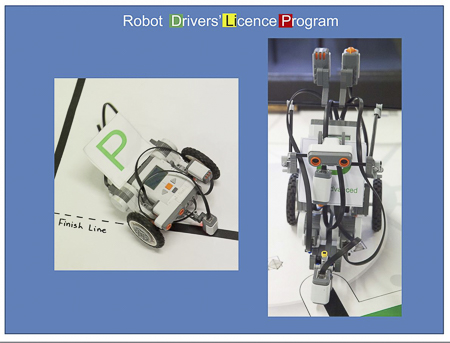
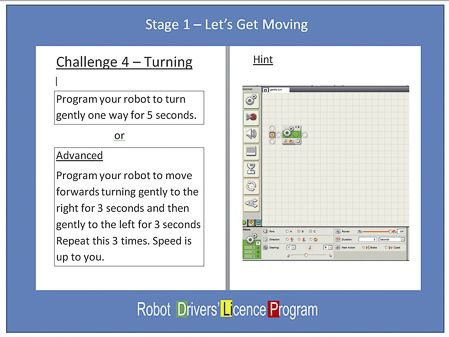
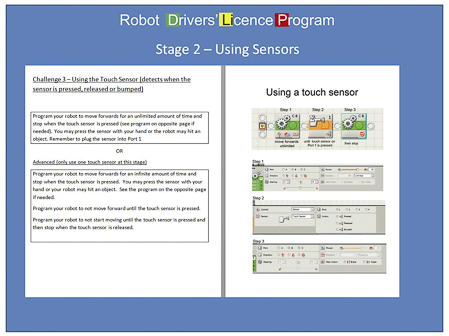
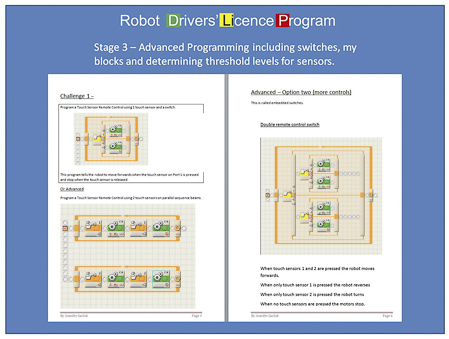


 What are the most important things that you want your students to learn?
What are the most important things that you want your students to learn? What are the greatest challenges or blockers?
What are the greatest challenges or blockers? 